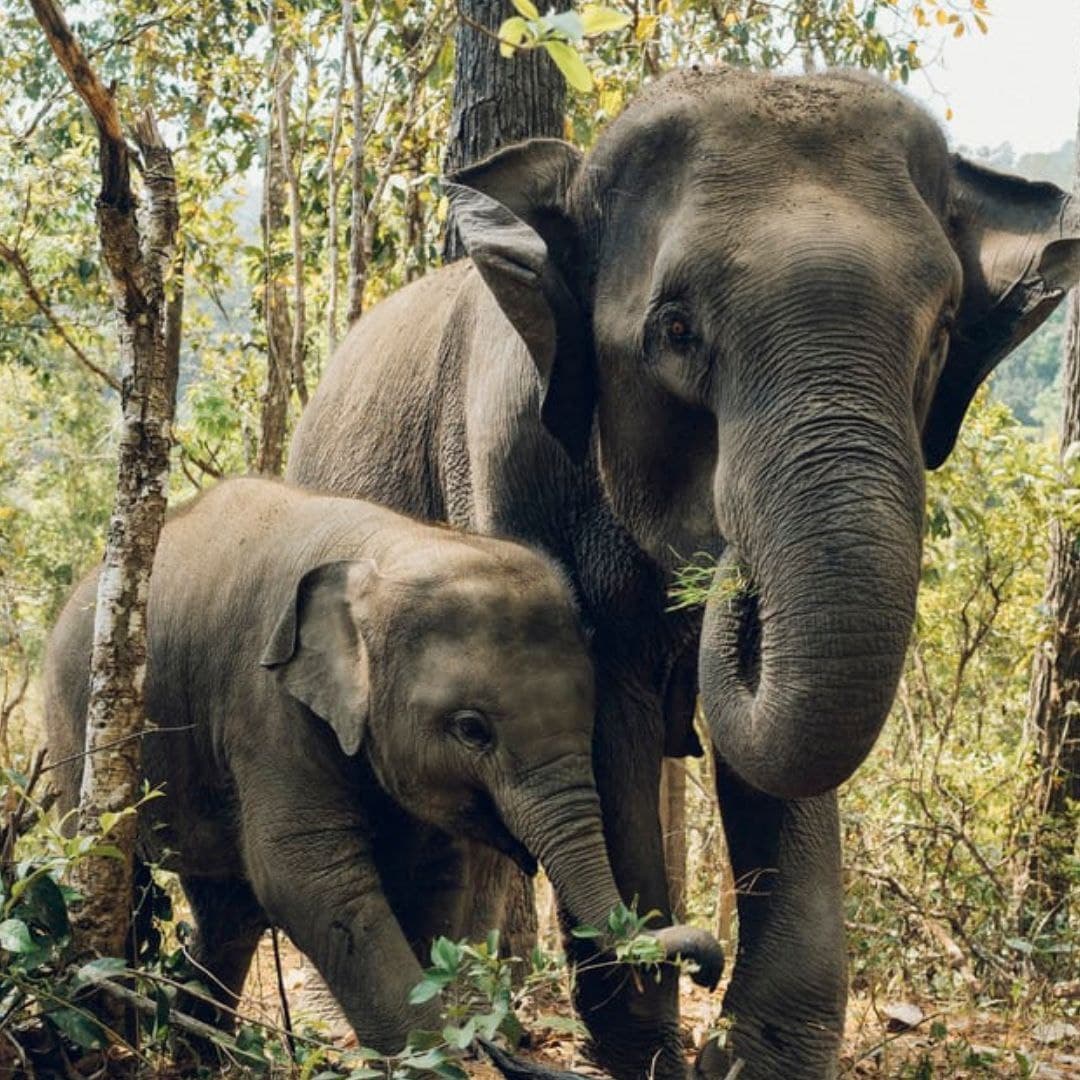
Image Credit: Unsplash
Centre Embarks On Elephant Reserves, Corridor Mapping
Writer: Nida Fatima
Nida Fatima is enrolled in Guru Gobind Singh Indraprastha University, New Delhi. She has done her Bachelors in Science and now she is pursuing Master’s in Mass Communication. She is an effective communicator aspiring to be a journalist with conscience, clarity, reason and balance.
India, 3 Oct 2021 7:40 AM GMT | Updated 3 Oct 2021 7:44 AM GMT
Editor : Madhusree Goswami |
A mountain girl trying to make it big in the city. She loves to travel and explore and hence keen on doing on-ground stories. Giving the crux of the matter through her editing skills is her way to pay back the journalism its due credit.
Creatives : Nida Fatima
Nida Fatima is enrolled in Guru Gobind Singh Indraprastha University, New Delhi. She has done her Bachelors in Science and now she is pursuing Master’s in Mass Communication. She is an effective communicator aspiring to be a journalist with conscience, clarity, reason and balance.
The Ministry of Environment, Forests and Climate Change has undertaken a project to identify and secure elephant corridors to safeguard these animals and give legal protection to their movement.
The Ministry of Environment, Forests and Climate Change has undertaken a project to identify and secure elephant corridors to safeguard elephants and give legal protection to their movement. Environment Minister Bhupender Yadav stated that to aid the conservation of elephants, the ministry has put their verification process into practice and has also mapped land use and land cover using GIS technology.
Fragmentation Has Impaired Animal Movement
 All section
All section














